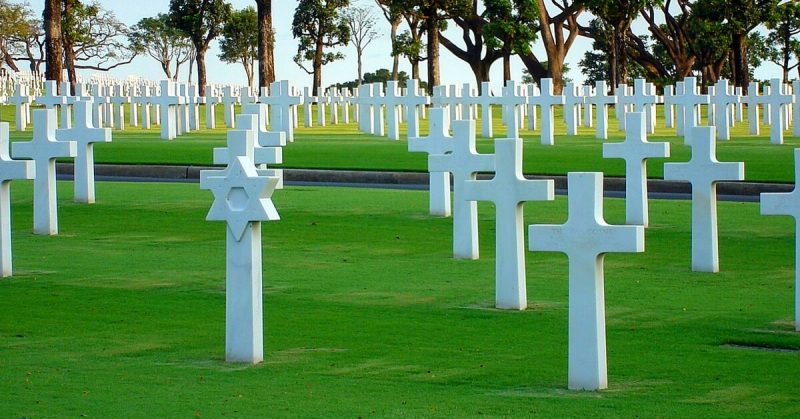It goes without saying, war has been around forever. Since the beginning of recorded history, it’s estimated that between 315 million to more than 750 million people have died fighting in war, or because of war. Here are ten of the deadliest wars in history.
10. Napoleonic Wars
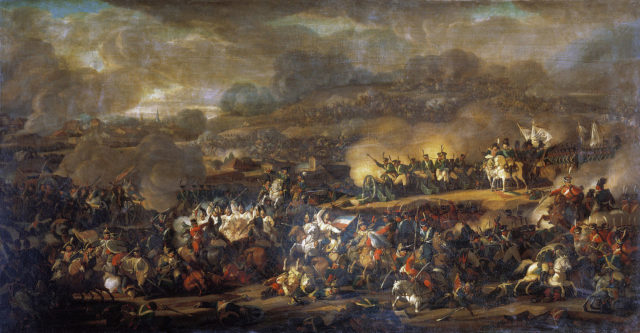
The Napoleonic Wars weren’t just one war, but rather a bunch of different battles and skirmishes fought between Napoleon and his French army against whoever happened to oppose them at the time.
They started shortly after the French Revolution and continued, especially as most of Europe began to change rapidly, spurred on by both the American and the French Revolutions. The Napoleonic Wars only ended once Napoleon faced his disastrous defeat in Russia, and the monarchy came back into power in France in the early 1800s. Overall, there were up to 7 million deaths.
9. Russian Civil War
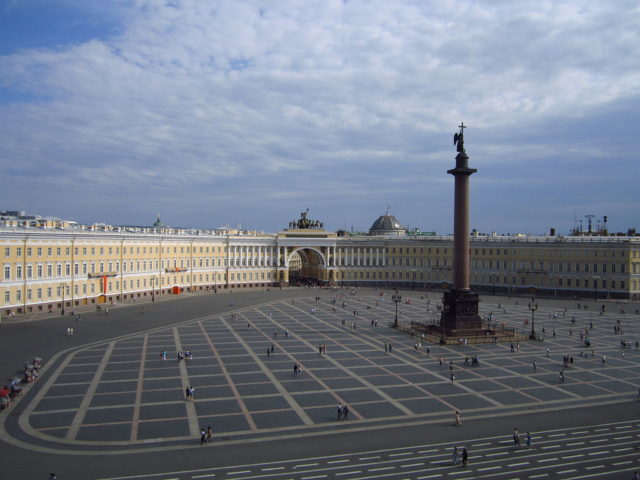
In the early 1900s, the Russian Civil War caused as many as 9 million deaths. Basically, several parties within the country sought to overthrow what was once the Russian Empire and the Soviets took over.
They started out in St. Petersburg, and then expanded. Not only was the wartime carnage on the battlefields great, but many civilians died as well.
8. Dungan Revolt
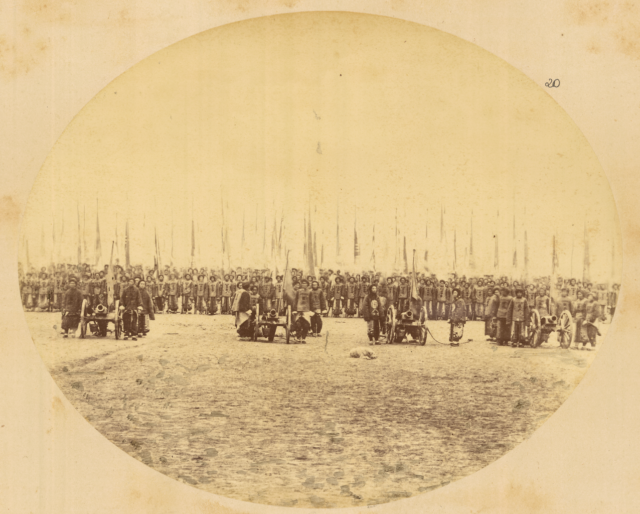
The Dungan Revolt occurred during the mid-1800s. Basically, the Dungan inhabitants, a sector of individuals within the Chinese Empire, were broken into various factions and parties, all warring and causing issues without any real goal. All of the fighting took place on the Yellow River.
Some people thought that the fighting had to do with the Qing Dynasty, however, no one can really say for sure that that’s what the uproar was about. Regardless, 12 million people died before all of the Dungans decided to migrate out of China and into what was at that time the Russian Empire, Kyrgyzstan and Kazakhstan.
7. Timur-e-Lang
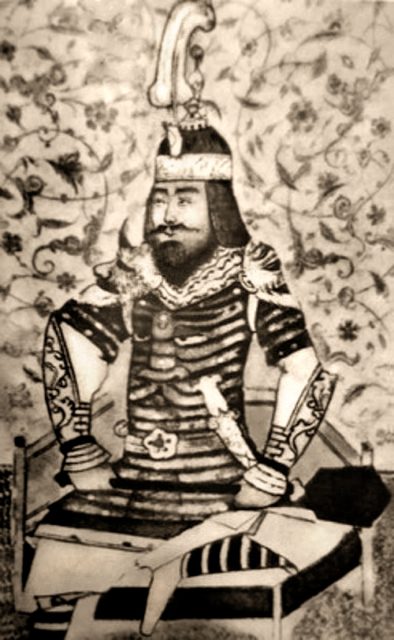
Going way back to the late 1300s and early 1400s, Timur-e-Lang took over quite a lot of territory in Asia. His conquests resulted in the deaths of 20 million and stretched over the Middle East, India, Russia and Central Asia.
It’s noted that Timur-e-Lang’s main goal was to rebuild the Mongol Empire, though sometimes his actions are highly questioned, as they don’t always line up with his goals. He caused quite a lot of destruction to all of the areas he ventured into, in addition to the death tolls.
6. Qing Dynasty conquest of the Ming Dynasty
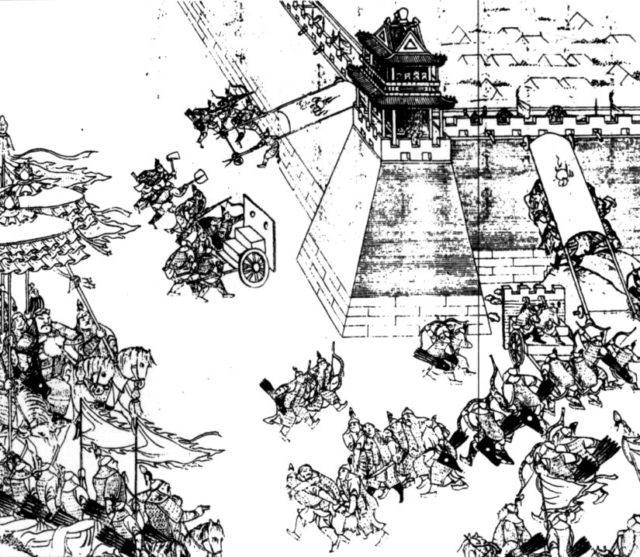
The Qing Dynasty involved itself in quite a lot of different issues throughout the several centuries it reigned. When the Qing dynasty overthrew the Manchu dynasty in 1616, it caused approximately 25 million deaths.
After the Qing dynasty’s end, China turned into the Republic of China, in 1912. The Qing dynasty was known for its great pacification of the country, as it conquered neighboring areas and stretched China’s borders as much as possible.
5. An Lushan Rebellion
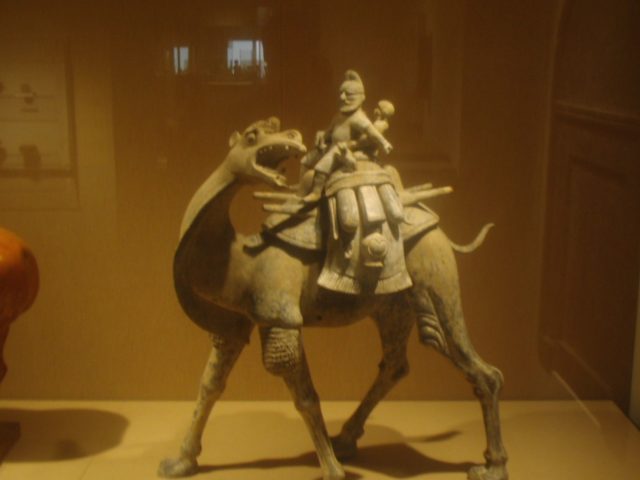
Probably the earliest hugely destructive military action presently known, the An Lushan Rebellion also occurred within China. It resulted in nearly 36 million deaths from 755 until 763. The Tang dynasty was ruling and a prior general of the dynasty was named An Lushan. An Lushan decided that he was going to become emperor and overthrow the current empire.
He established a makeshift dynasty to challenge the official dynasty, basing his headquarters in Northern China. The warfare took quite a while, up to three entire generations. While death tolls are estimated at 36 million, some scholars say that that was not the actual amount of the dead. Rather, they say, that all of the death counts were completely messed up because during the time, there was no official way to take a census, or all the census records were skewed.
4. Mongol Conquests

Ahead of Timur-e-Lang, the Greater Mongol State was huge empire beginning in the very first years of the 13th century. The empires started out in Central Asia, and gradually expanded, working its way all the way from Japan in the East to Europe in the West.
It stretched south all the way through India and the Middle East. At the time, it took up around 22 percent of the total land mass on the face of the Earth, or about 100 million people. How many had to die to make it happen? About 60 million.
3. World War I
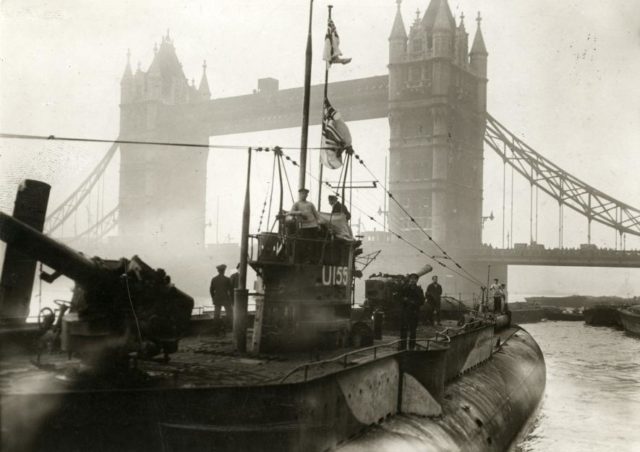
World War I saw slightly more deaths, than the Mongol conquests, at 65 million. From 1914 to 1918, countries around the world suffered unspeakable losses. Almost entirely taking place on the European continent, every major power player was involved in one way or another, drawing even those who were hesitant to join into the battles. The huge amount of deaths were attributed to the rapid technological advances that had occurred in warfare. As countries learned how to kill more efficiently, there was a lack of technological advancements in security and protection, meaning more deaths and fewer survivors.
2. Taiping Rebellion
The Taiping Rebellion took place around the same time as the American Civil War and is sometimes called the Taiping Civil War as well. It lasted from 1851 through 1864, even though there were still lasting skirmishes as late as 1871. It all started when a religious fanatic named Hong Xiuquan decided that he was going to overthrow the current dynasty and form his own holy empire.
He made up quite a few unorthodox rules, but still managed to gather about 30 million followers. Before his defeat, his empire began to crumble from the outside, moving inward. About 100 million people died in all, before the rebellion was finally crushed by the dynasty, with a little bit of help from Europe.
1. World War II
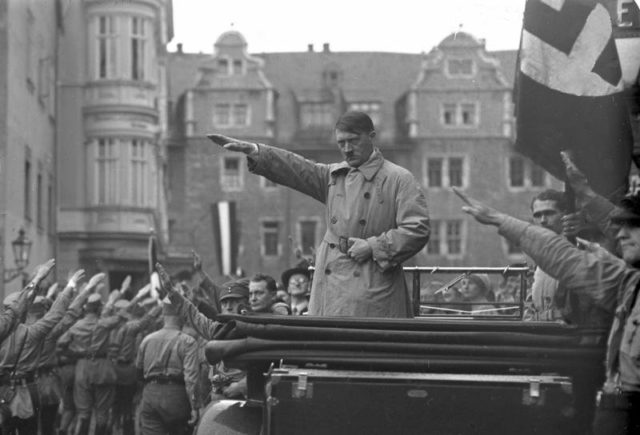
Lastly, World War II was the most deadly war ever known to man. Lasting for six long years not so long ago, the Second World War saw the same technological advances that World War I saw, only significantly increased.
War was more widespread than ever and civilians suffered an extreme amount as well, thanks to the Holocaust and the development of nuclear warfare. As the last major war in modern history and the worst to date, it leaves some wondering what the next great war will mean for the Earth’s future.
